Assets

Exchange

Buy Crypto



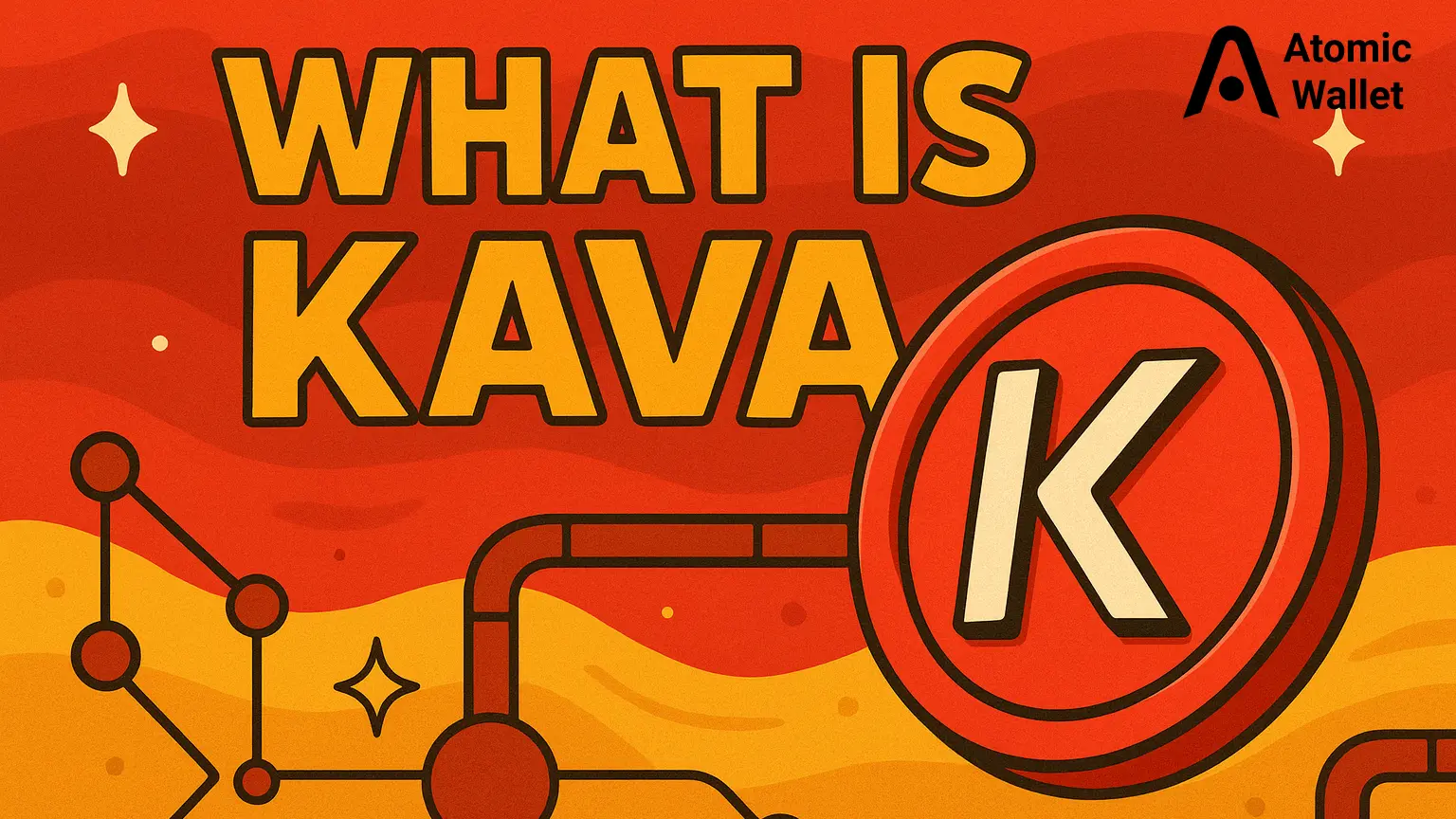
Kava (KAVA) is a blockchain designed to give developers real flexibility. Its native assets allow combining Ethereum and Cosmos on the same platform instead of having to choose between them. This is facilitated by its co-chain architecture which operates two chains: an Ethereum Virtual Machine (EVM) chain, and a chain based on the Cosmos SDK. The two interact through a translator module.
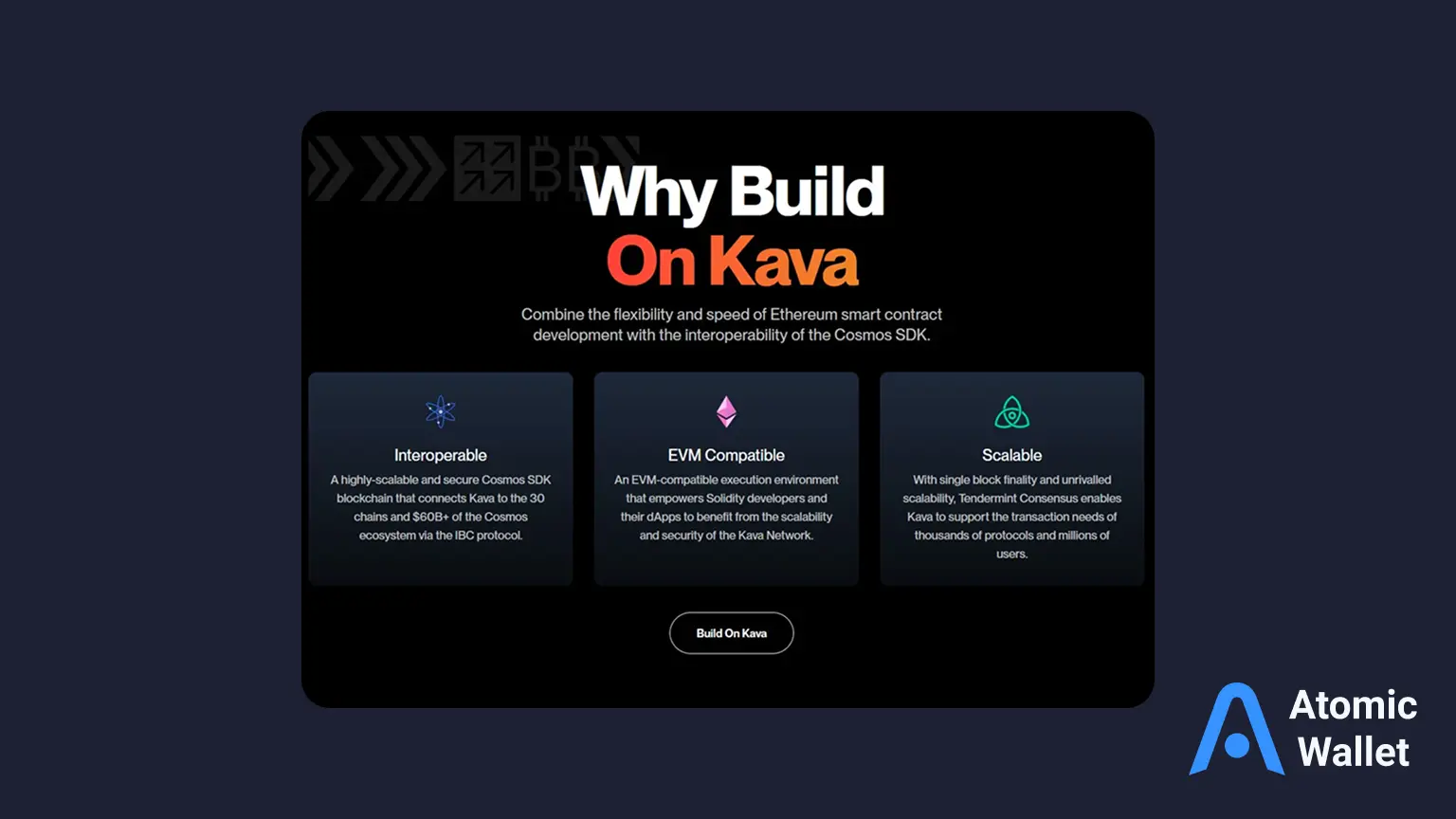
On the Ethereum end, the developers are able to use Solidity and access rugged tools and infrastructure to that end. On the Cosmos side, it gives them the upsides of quick transactions, low fees, and the ability to use other blockchains thanks to the Inter-Blockchain Communication Protocol (IBC). The translator communicates between the chains and therefore developers do not experience the common issues in cross chain development.
At the heart of the system is the KAVA token. It defends the network by staking, rewards users contributing to the platform and maintenance, and provides token holders with a say in governance.
Consider the Kava as two parallel highways with one oriented towards a certain vehicle and the other oriented towards another type of vehicle. Ethereum Co-Chain is such a road with wheels this is meant to accommodate cars already present in Ethereum world. With Kava EVM chain, developers that have already developed dApps on an Ethereum blockchain will be able to deploy their code there.
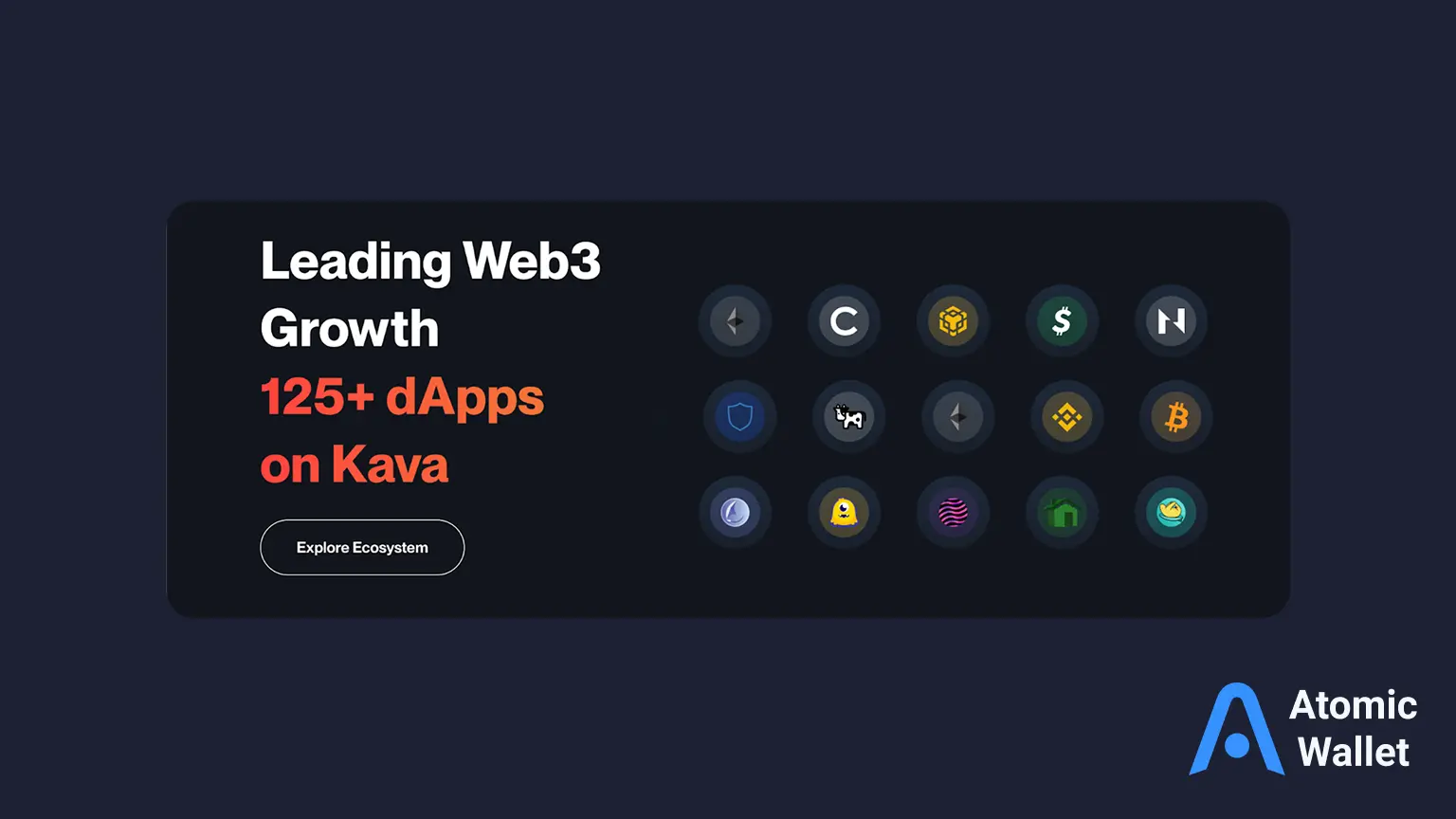
The Cosmos Co-Chain resembles a superfast railroad more. It is designed to be efficient and block times are measured in seconds and fees that make micro transactions economical. It integrates with a network of other chains via IBC, where assets and data are transferred quickly between blockchains.
The translator module serves as the traffic-flow connector to help traffic flow freely between these two lanes without any stops. In other words, an application might execute its primary operations on Ethereum and access liquids or other data on other chains through the Cosmos side.
That ability, to be standardized internally, is what makes Kava unique compared to other networks whose cross-chain interaction has been added as an afterthought.
Kava is not another smart contract platform. The decision to combine two execution environments distinguishes it among the long list of competitors. There is flexibility to the developers: they are at liberty of developing in the environment that they feel most comfortable and still using the capabilities of the other.
An incentive model has been built into the network, as well. Kava does not use transaction fees alone as a way to reward, but instead it rewards developers and projects that add value to the network, directly. The model can be utilized in any industry Developers have created a decentralized finance (DeFi), gaming (GameFi), and non-fungible tokens (NFT) version of it.
And since smart contracts on the Ethereum side are capable of intercommunication with Cosmos SDK modules on the other, applications can be interconnected with key assets and users well beyond a single ecosystem. This is not mere interoperability as a marketing term, in action.
The KAVA token isn’t just for trading on exchanges. It’s the backbone of the network’s security and governance. Holders can become validators by staking KAVA or delegate their tokens to validators they trust. In return, they share in the staking rewards—currently 37.5% of all token emissions.
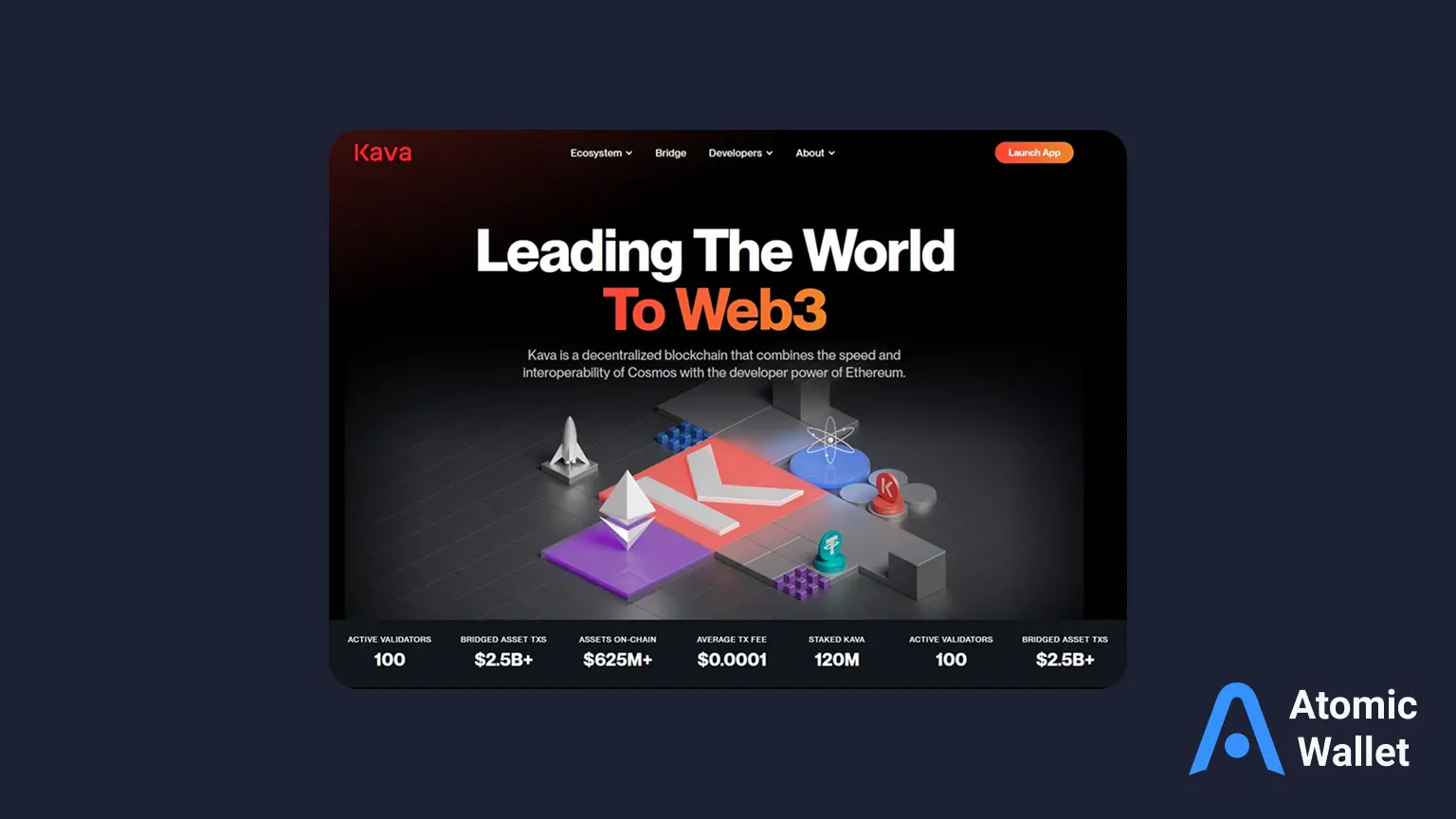
The set of validators is competitive. Only the most successful 100 validators receive the protocol based reward, which ensures their performance is high. Users who prefer not to run their own validator node but would still like to earn rewards may do so with wallets or exchanges that allow staking.
In this instance, staking is not just an investment mechanism, but also a direct opportunity to participate in maintaining the network secure.
Governance on Kava is handled by the KavaDAO, a decentralized autonomous organization made up of validators and stakers. Anyone holding KAVA can put forward proposals. Such suggestions may include new types of collaterals, risk parameters, or even changes in the operation flow of the network.
A person can vote themselves or vote with a validator. This makes it so that those interested in the success of the network are the ones involved in setting its course. The process is also transparent since all proposals and votes are stored on-chain.
Kava uses a Tendermint-based Proof-of-Stake consensus mechanism. Validators must lock up KAVA as collateral to participate in transaction validation. If they act dishonestly or fail to meet performance standards, part of their stake can be slashed.
To back this up, Kava has undergone multiple independent security audits from firms like CertiK, B-Harvest, and Quantstamp. No vulnerabilities have been reported from these reviews, which cover both the smart contract code and governance modules.
KAVA was priced around $0.3915 at press time, with a market capitalization near $423.6 million. Trading volume over 24 hours is just under $20 million, showing a notable jump of more than 40% compared to the previous day.
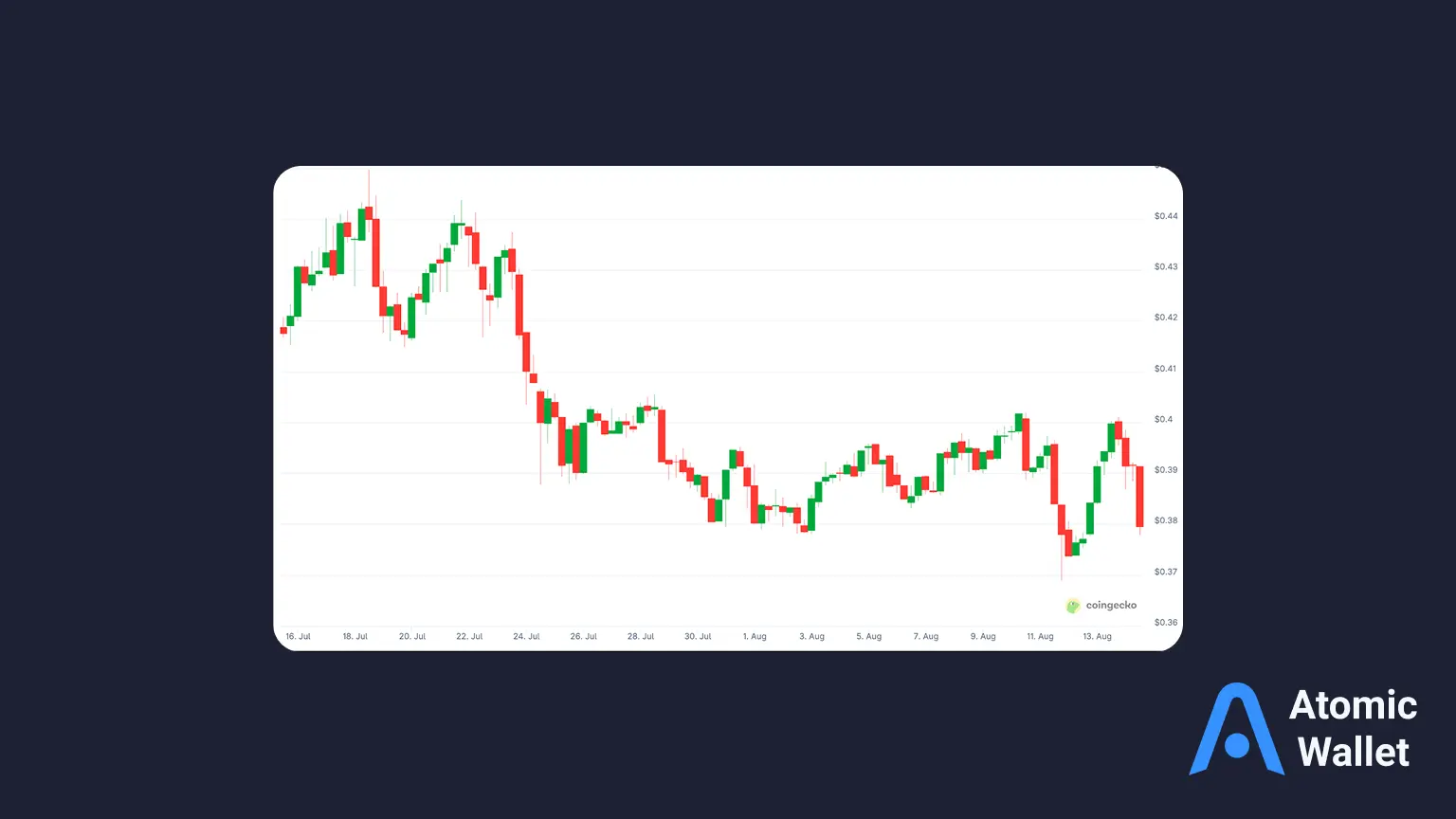
The token’s history shows a peak at $9.12 during its highest market cycle and a low of $0.2474. Recent performance has been modest, with a 1.3% gain over the past week, which trails the broader crypto market and similar smart contract platforms.
Analysts tracking Kava’s price suggest that 2025 could bring gradual upward movement rather than sudden spikes. If these projections play out, the late summer and autumn months may offer the most favorable returns, with October standing out as potentially the strongest period.
In August, average prices could sit above current levels, reflecting a gain in the mid-teens percentage range. September may follow with similar percentage increases, keeping the market sentiment positive. By October, forecasts point to prices climbing close to the 30% range above today’s levels if market conditions align.
November might cool slightly but still maintain gains in the low-to-mid 20% range compared to the present. By December, projections are more modest, suggesting only single-digit increases, which would still put KAVA above where it trades now.

These estimates are based on algorithmic modeling and market trend analysis, and like any forecast in crypto, they are far from certain.
Disclaimer:
This information is provided for educational purposes only and does not constitute financial advice. Price projections are based on publicly available market data as of the time of writing. Investors should perform their own research (DYOR) and consult a licensed financial advisor before making investment decisions.
In 2024, Kava shifted the focus of its development to the use of an AI-first approach. The point is to incorporate artificial intelligence in fundamental spheres of the blockchain, namely, in DeFi and digital identity management.
AI will automate actions such as changing the interest rates on lending and rebalancing the liquidity pools and even trades being implemented on live market data on the DeFi side. The users may have more beneficial rates and operations conducted at a higher speed with no involvement of humans.
Kava is developing autonomous agents as well: programs that can be monitored without requiring constant monitoring. Such agents would be able to deal with assets, monitor markets, even react to events on the network in real time.
Another development is privacy. Managing personal data, understanding what information is required and then sharing is the kind of thing that could be built with AI to empower individuals to manage identity systems to share just what is necessary. This, added to the security of blockchain, may provide a more user-friendly and private Web3 world.
Although KAVA can be traded on various exchanges, such as Binance, MEXC, and HTX, it is not always convenient to have them on various platforms. This is the place where Atomic Wallet comes in handy.
Atomic Wallet is a non custodial solution, thus the user retains the private key. It allows direct purchase of KAVA with a bank card, securely storage, staking to earn rewards, and exchange with more than a thousand other cryptocurrencies all in one place
The common cycle may resemble the following activity: a user purchases KAVA in the wallet, stakes a certain amount to receive awards, and retains some of it to trade in another asset in case its market value changes. None of that involves moving money to a centralized exchange and minimizes counterparty risk.
To those who are new, it makes joining of the Kava ecosystem easy. To knowledgeable users, it integrates its most important functions under a single application and with high security.
What makes Kava different?
It combines Ethereum’s EVM compatibility with Cosmos’ speed and interoperability in a single blockchain.
Can I stake KAVA in Atomic Wallet?
Yes. Atomic Wallet offers direct staking while keeping your tokens under your control.
How is Kava governed?
Through KavaDAO, where stakers and validators propose and vote on network changes.
Does Kava use AI?
Yes. The AI-first strategy includes automated DeFi tools, autonomous agents, and identity solutions.
What’s Kava’s highest price?
$9.12 during its peak market period.
This design by Kava pits two robust blockchain ecosystems together. They allow those developers to work in the environment that they are familiar with without compromising on the strengths of the other. Transparent governance, staking rewards, and powerful security options are making it a reliable platform to develop decentralized applications.
The newest trend, namely, the integration of AI, introduces yet another potential layer, which opens the opportunities in automation and advanced identity systems. But on the user side, Atomic Wallet and other tools make it easy to join the network--to buy KAVA, to stake it, or to exchange it with another asset.
Many competitors will jump into the blockchain marketplace as time goes on, but Kava may be in a good position to stay relevant due to the versatility of compatibility, performance, and future-forward features.
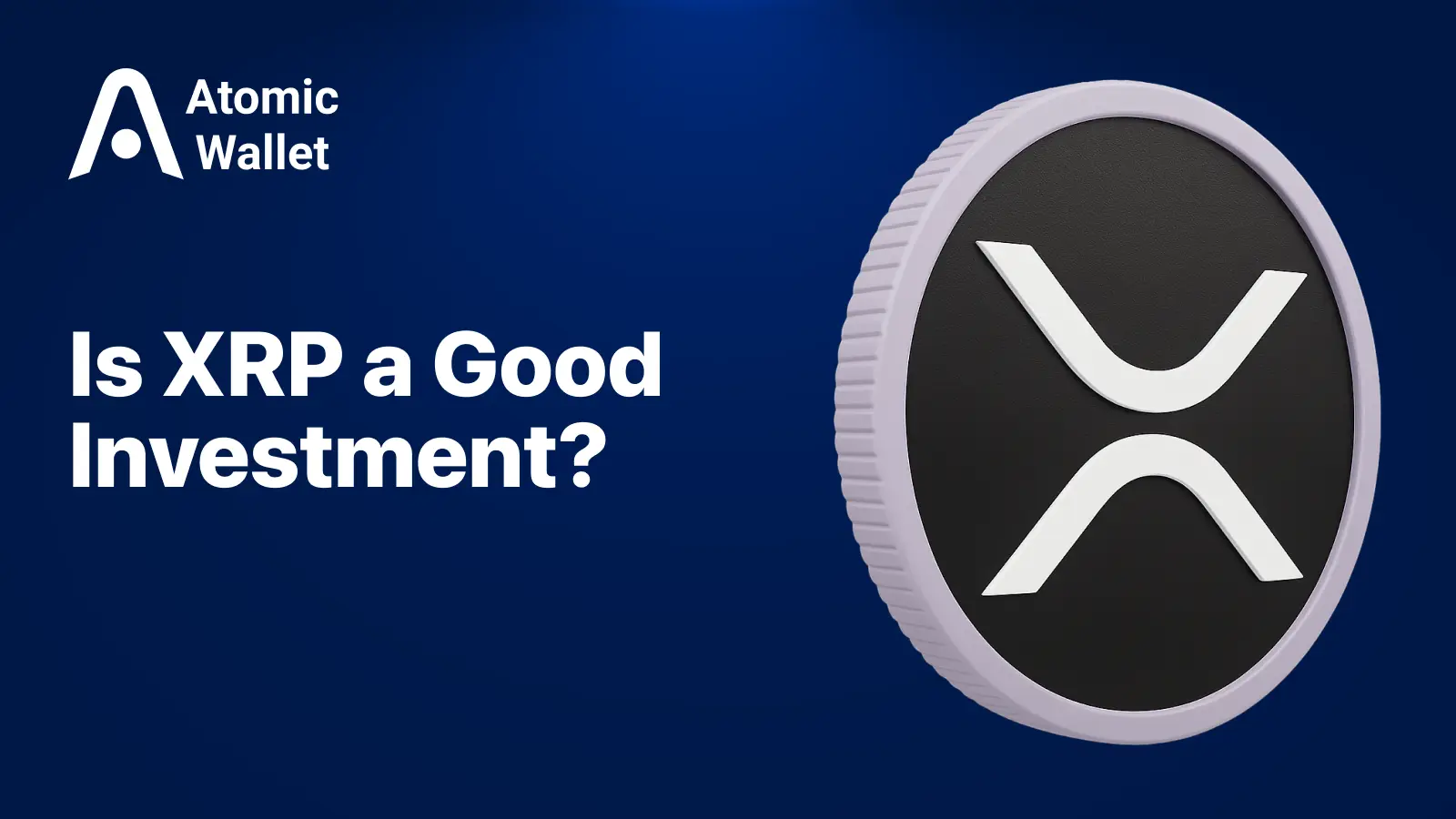
Learn what XRP is, why the price moves, latest Ripple news, risks, future outlook, and how to trade XRP perps safely.